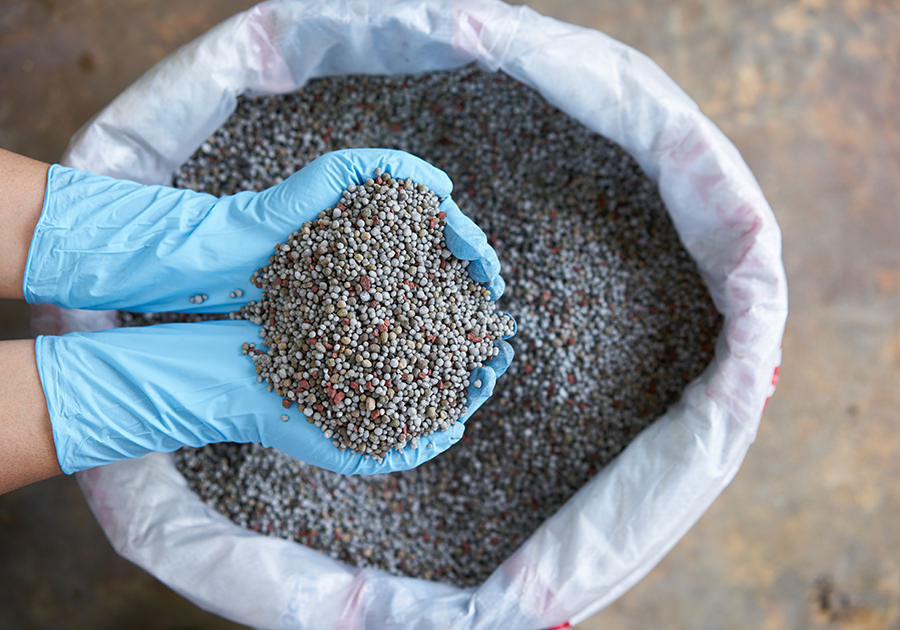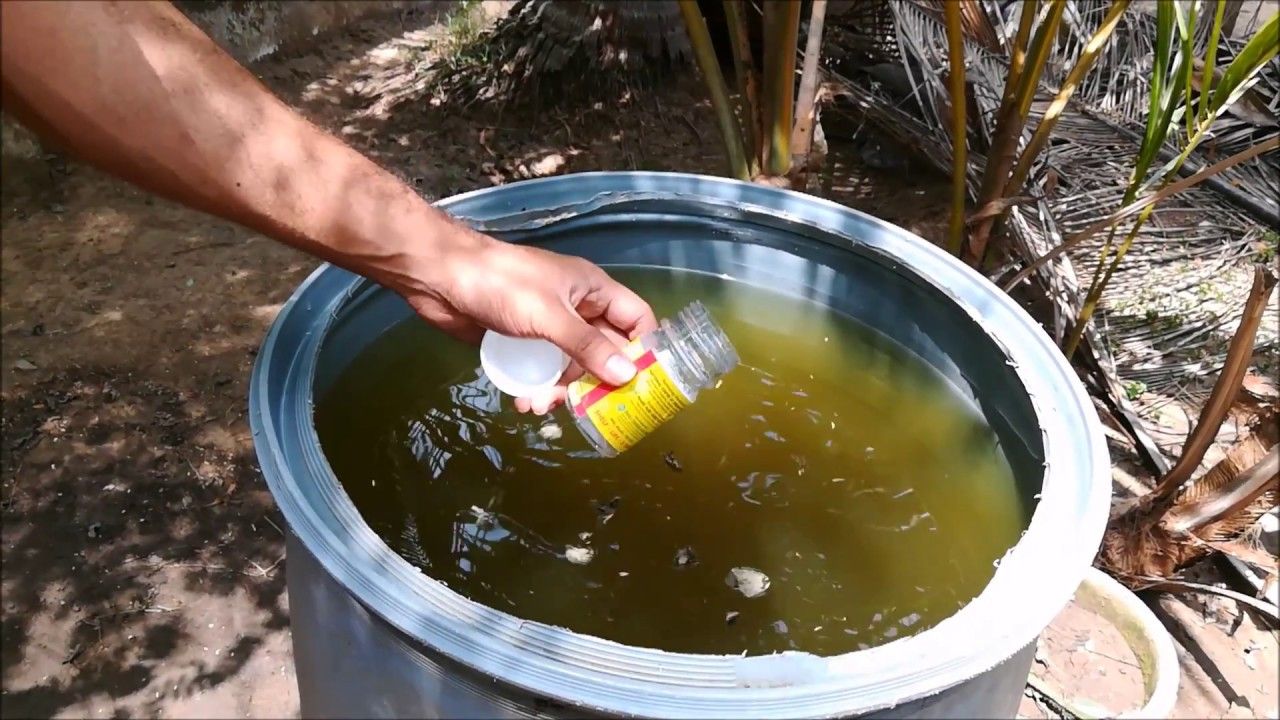- These are the three main Rabi varieties of onion:
- ONION | ELLORA | GULABI |:- Oval Round, Attractive Pink, Ready to harvest within 120-130 days, Seed rate per acre is 2-3 kg, Storage capacity is 7 months
- ONION | MALAV | RUDRAKSHA |:- Globe/Light Red, Ready to harvest within 100-110 days, Seed rate per acre is 3 kg, Storage capacity is 6-8 months
- ONION | MALAV | RUDRAKSHA | PLUS |:-Globe/Light Red, Ready to harvest within 90-100 days, Seed rate per acre is 2.5-3 kg, Storage capacity is 6-8 months.
These three advanced onion varieties of Rabi season are suitable for sowing in nursery
- These are the three main Rabi varieties of onion:
- ONION | JINDAL | PUNE FURSUNGI | ADVANCE | :- Flat Round, Colour Light red bulb with minor reddishness on surface. Ready to harvest within 110-120 days. Seed rate per acre is 3 kg. Storage capacity is 8-9 months
- ONION | PANCHAGANGA | POONA | FURSUNGI:- Flat Round, Colour Light red bulb with minor reddishness on surface. Ready to harvest within 80-90 days Seed rate per acre is 2.5- 3 kg ,Storage capacity is 4 months.
- ONION | PRASHANT | FURSUNGI | :- Flat Round, Colour Light red bulb with minor reddishness on surface. Ready to harvest within 110-120 days. Seed rate per acre is 3 kg ,Storage capacity is 5-6 months.
Select these three onion varieties with many beneficial features
- These are the three main late Kharif varieties of onion, suitable for preparing nursery in the month of September.
- ONION | PANCHAGANGA | SARDAR |:-Globe/Red, Ready to harvest within 80-90 days. The seed rate per acre is 2.5-3 kg, Storage capacity is 5-6 months, it’s a high yielding variety.
- ONION | PANCHGANGA | SUPER |:– Bulb is like a globe in shape and red in color, ready to harvest within 100-110 days. The seed rate per acre is 2.5-3 kg Storage capacity is 2-3 months.
- ONION | PRACHI | SUPER |:- Oval Round, Attractive Blackish Dark Red color,, Ready to harvest within 95-100 days, Seed Rate per acre is 2.5-3 kg. The storage capacity is about 2 months.
These three onion varieties of late kharif are suitable for sowing in nursery
- ONION | JINDAL | ADVANCE | N 53 |
- ONION | JINDAL | NASIK RED | N 53 |
- ONION | MALAV | N 53 |
- These are the three main late kharif varieties of onion, suitable for preparing nursery in the month of September.
- Bulbs globose in shape with brick red colour
- Ready to harvest within 90-100 days.
- Seed rate per acre 2.5-3 kg
- Storage capacity 5-6 months, and Tolerant to thrips and blight.
Survey of each field of farmers will be done to compensate for crop loss
Madhya Pradesh received good rains in the month of June, but there was a lack of rain in many places in the month of July, due to which there was an outbreak of insect-diseases in the crops. Due to these crops like soybean, urad has suffered a lot. After this, due to the heavy rains in August, crops have deteriorated due to floods and waterlogging in many districts. Amidst reports of crop damage, the Chief Minister of the state Shri Shivraj Singh Chouhan has instructed the officers that every field should be surveyed with honesty and fairness, no one should be left out of the affected survey.
He further said that even if they have to take loans, they will compensate the farmers for the loss, the amount of relief, and crop insurance. The Chief Minister instructed the district administration that survey work should be done at the earliest and special care should also be taken that there is no panic. He said that no affected farmers were deprived of relief and insurance after a survey of crops.
Source: Kisan Samadhan
ShareFungal Infection in Cotton Crop
- As you all are aware of the extreme rainfall conditions, there has been a lot of infection of fungal and bacterial diseases in the cotton crop.
- These infections cause yellowing in the leaves of cotton, as well as problems of root rot and stem rot.
- Timely and proper management for the prevention of such diseases is very important especially now as the cotton crop should be in the state of maturity and can affect the production of the crop.
- For the management of fungal diseases: – THIOPHANATE METHYL 70% W/W@ 500gram / acre or TEBUCNAZOLE 50%+ TRIFLOXYSTROBIN 25% WG @ 150gram / acre or KITAZIN 48% EC @ 200gram / acre
- For the management of bacterial diseases: – STREPTOMYCIN SULPHATE 90%+ TETRACYCLINE HYDROCHLORIDE 10% W/W @ 24 gram / acre or KASUGAMYCIN 5% + COPPER OXYCHLORIDE 45% WP @ 300 gram / acre or KASUGAMYCIN 3% SL @ 400 ml / acre.
- As a biological treatment, spray Pseudomonas fluorescence @ 250 g / acre or Trichoderma viridi @ 250 g / acre.
Precautions to be taken while seed treatment
- While treating seeds, take as much quantity of seeds as needed per acre.
- Use only the recommended amount of insecticide, fungicide
- Treat seeds the same day as sowing
- Do not store seeds after treatment.
- Only use the required amount of water to coat the medicine on the seeds.
- Use only the suggested medicine according to the crop for seed treatment.
Utility of Soil Samriddhi kit for Improvement of Soil
- Use Gramophone exclusive samriddhi kit for better yield of onion, garlic, and potato
- This kit acts as a land reformer
- By combining the source of four essential bacterias, this kit will effectively help to utilize NPK fertilizers and help in the growth of the crop. Zinc in the kit solubilizes the insoluble zinc present in the soil and makes it available to the plants.
- This kit contains a biological fungicide Trichoderma viride, capable of preventing most of the soil-borne pathogens like root rot, stem rot, etc.
- This kit combines ingredients such as seaweed, amino acids, humic acid, and mycorrhiza. Which will significantly improve soil characteristics and quality, as well as mycorrhiza helps in the development of white roots? Humic acid helps in better vegetative growth of onion/garlic/ potato crops by improving the photosynthesis process.
When and how to use the Decomposer
- Decomposers can be used in three ways
- Pre-sowing decomposers can be used in an open field, decomposers can be used in a garbage heap, decomposers can be used after sowing.
- It should be used when the crop has been harvested from the field. For this use decomposer powder 4 kg per acre and mixed with field soil or cow dung. Maintain a small amount of moisture in the field after spray. New crops can be sown 10 to 15 days after spraying.
- Decomposers are also used to convert piles of dung and other residues into manure. For this, first of all, keep 100-200 liters of water in a container and add 1 kg of jaggery. Then mix the decomposer well according to 1 liter or 1 kg per ton of waste and stir it well.
- Apart from this, it can also be used in standing crops after sowing. as a soil mix
Root-Knot Nematode in Tomato
- The nematode attacks the roots and produces tiny galls.
- These galls then block the movement of nutrients and water in the plant system resulting in its wilting and finally leading to its death.
- Symptoms include yellowing of the foliage and wilting of the upper leaves.
- Can be avoided by using resistant varieties
- Use deep plowing as a method to control root-knot nematodes.
- Neem cake at the rate of 80 Kg/Acre should be applied for effective control.
- Carbofuran 3G at the rate of 8 kg/acre should be applied as a soil treatment.
- PAECILOMYCES LILACINUS (Nematofree) @ 10 gram / kg seed for seed treatment, 50 gm / meter sq Nursery Treatment
- PAECILOMYCES LILACINUS (Nematofree)@ 1 kg/acre use as a soil treatment.








